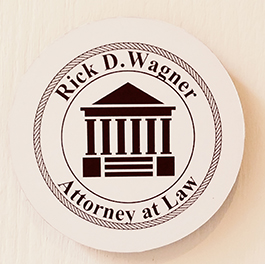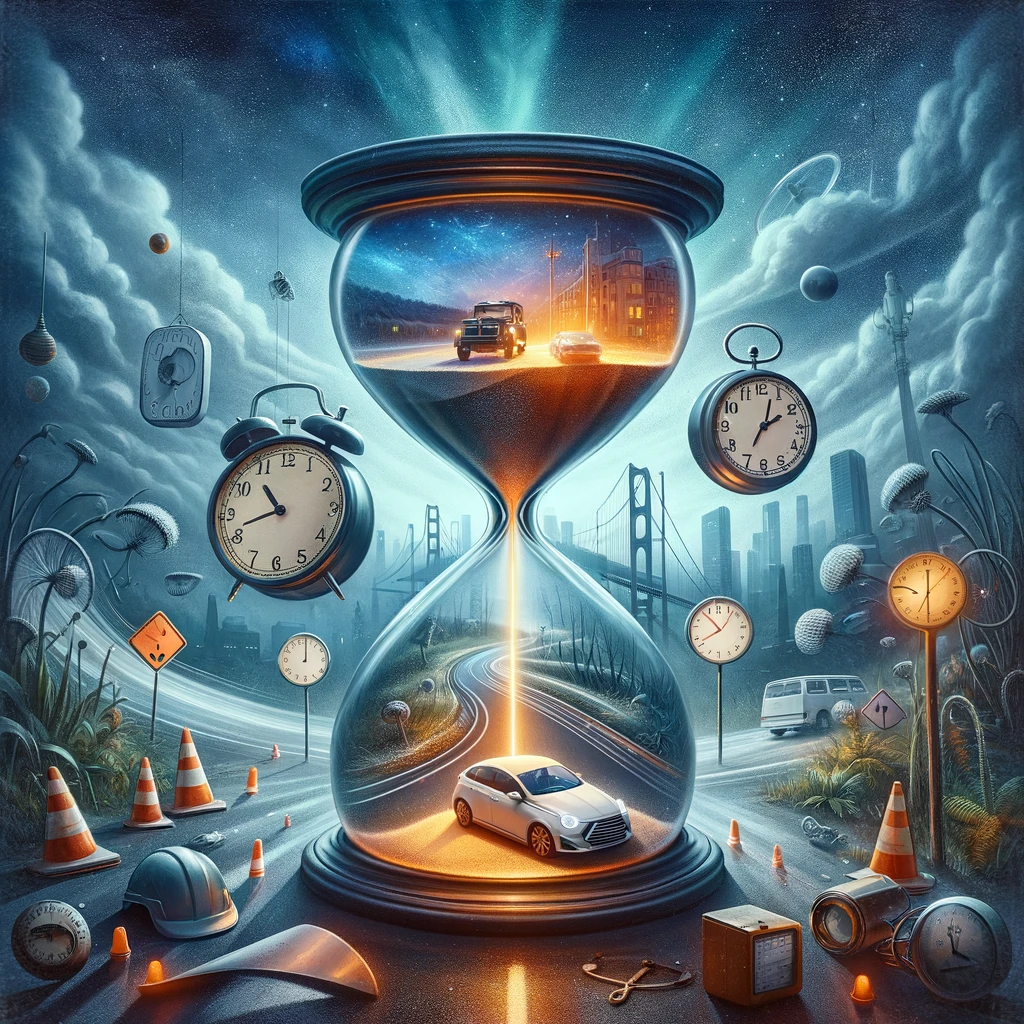The shift to Daylight Saving Time (DST) not only robs us of an hour of sleep but also brings a heightened risk of automobile accidents, a concern that demands our attention.

As we spring forward, the disruption to our sleep patterns can have more severe consequences than just a groggy morning. Research indicates a worrying 6% surge in the risk of fatal car crashes in the days following DST. This increase is attributed to the combination of sleep deprivation and the shift in daylight, which alters visibility during peak traffic hours. The change results in darker mornings and brighter evenings, significantly affecting drivers’ alertness and reaction times, especially during the critical 6 AM to 8 AM window when accidents are most likely.
The American Heart Association has also highlighted the broader health implications of DST, noting a marked rise in heart attacks and strokes. The underlying sleep deprivation can exacerbate existing health issues, such as heart disease, obesity, high blood pressure, and can even trigger irregular heart rhythms in women. However, the immediate spike in automobile accidents post-DST transition is a stark reminder of the day-to-day dangers posed by the seemingly minor clock adjustment.
To combat these risks, adopting certain lifestyle adjustments is essential. Strategies include resisting the urge to hit snooze, seeking out natural light to help reset your internal clock, maintaining a healthy diet, limiting intake of caffeine and alcohol, avoiding long naps, and reducing evening screen time. By making these changes, we can better adapt to the time change and mitigate the increased risks of DST, particularly the heightened incidence of automobile accidents. These precautions can help ensure a safer and healthier transition into the longer days ahead.

